Astronomers have revealed a stunning new map of the night sky that shows more than 4.4 million galaxies and other space objects, many of which have never been seen before. The map was created by using the Low Frequency Array (LOFAR), a pan-European radio telescope that can detect faint signals from billions of light-years away.
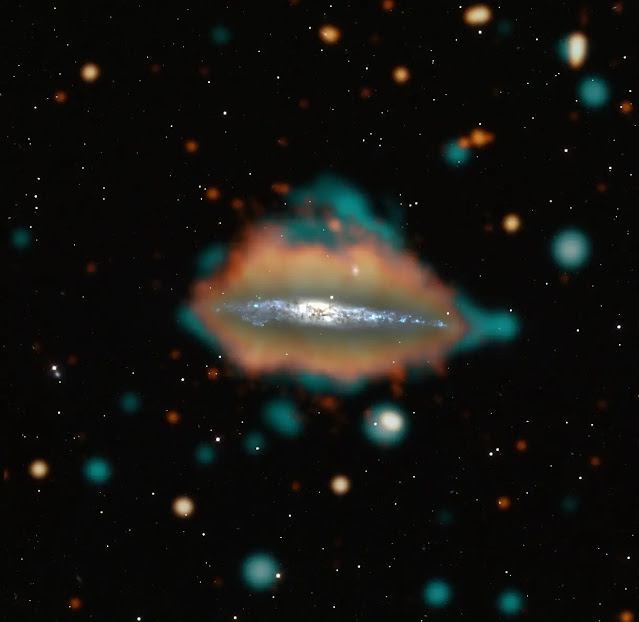
What is LOFAR and how does it work?
LOFAR is a network of thousands of antennas spread across nine European countries, operated by ASTRON, the Netherlands Institute for Radio Astronomy. The antennas collect low-frequency radio waves emitted by various cosmic sources, such as black holes, star-forming galaxies, supernova remnants and more. These radio waves are then combined and processed by powerful computers to create high-resolution images of the sky.
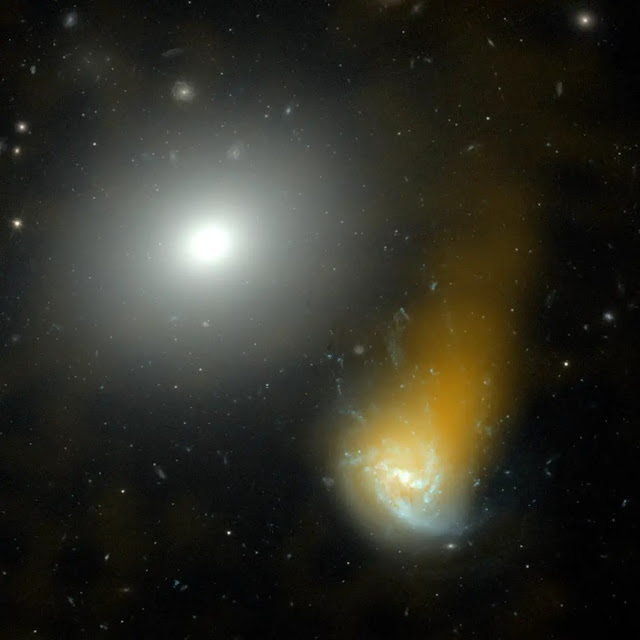
What are the main discoveries of the map?
The map covers about a quarter of the northern sky and contains more than 4.4 million objects, of which about 1 million are new discoveries. Most of these objects are galaxies that harbor massive black holes or rapidly growing new stars. The map also reveals rare phenomena such as colliding groups of distant galaxies and flaring stars within our own Milky Way.
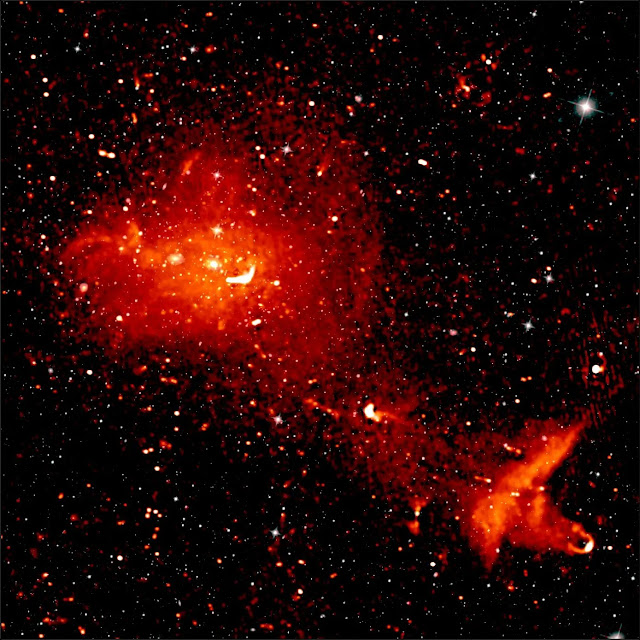
One of the most striking images is a composite radio and optical image of the “jellyfish galaxy” NGC 4858, which is flying through a dense medium that is stripping material from the galaxy. Another remarkable image shows the Coma cluster, which is over 300 million light-years from Earth and consists of over 1,000 individual galaxies. The radio image shows radiation from highly energetic particles that pervade the space between the galaxies.
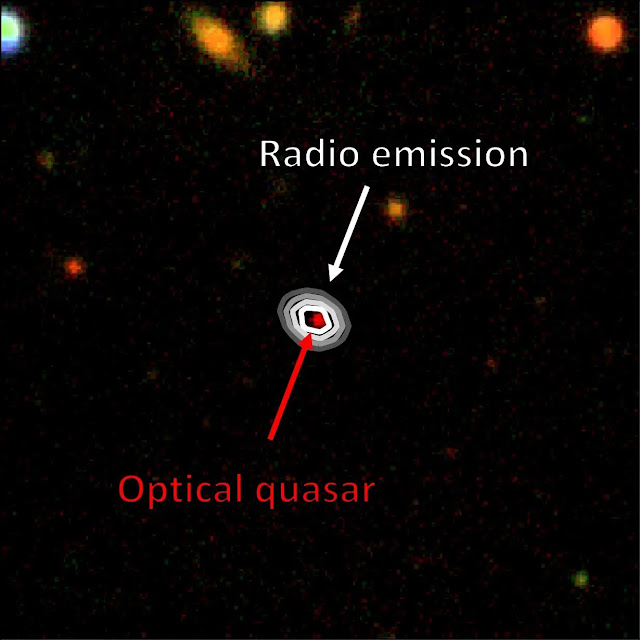
Why is this map important for astronomy?
This map is a major step forward in radio astronomy, as it provides unprecedented detail and sensitivity for studying a wide range of cosmic phenomena.
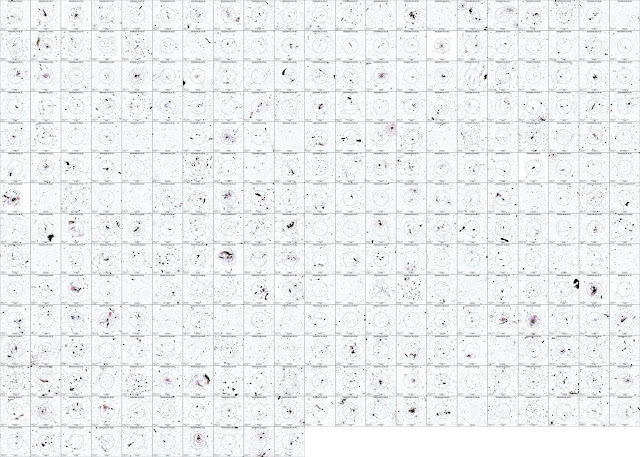
The map can help astronomers understand how the largest structures in the universe grow, how black holes form and evolve, how stars are born and die in distant galaxies and even how planets are formed around nearby stars.
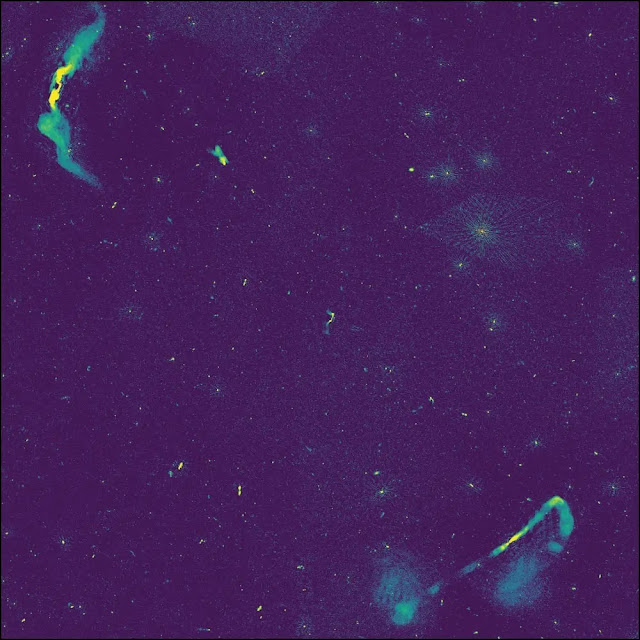
The map also opens up new possibilities for discovering unknown objects and events in the radio sky, such as fast radio bursts, gravitational waves and extraterrestrial signals. The map is only 27% of the entire survey, and the astronomers plan to release more data in the future, covering the whole northern sky and reaching even deeper into space.








